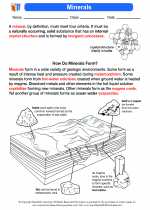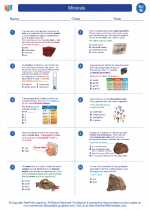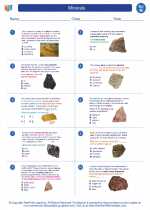Pleistocene
The Pleistocene is a geological time period that occurred approximately 2.6 million to 11,700 years ago. It is the most recent epoch of the Quaternary period and is known for its significant climatic changes, including multiple ice ages and interglacial periods.
Key Events and Features
- Glaciations: The Pleistocene was characterized by the repeated advance and retreat of ice sheets, leading to the formation of extensive glaciers in the Northern Hemisphere.
- Mega fauna: Large, iconic mammals such as mammoths, saber-toothed cats, and giant ground sloths roamed the Earth during this time.
- Human evolution: Early human species, including Homo erectus and Homo sapiens, evolved and adapted to the changing environmental conditions of the Pleistocene.
- Fluctuating sea levels: The advance and retreat of ice sheets resulted in fluctuating sea levels, dramatically impacting coastal regions and marine life.
Study Guide
To understand the Pleistocene epoch, it's important to study the following concepts:
- Climate fluctuations and ice age cycles
- Adaptations of flora and fauna to glacial periods
- Impact of Pleistocene glaciations on landforms and landscapes
- Mega fauna and their extinction events
- Human evolution and migration patterns during the Pleistocene
Recommended Resources
For further study, consider exploring the following resources:
.








